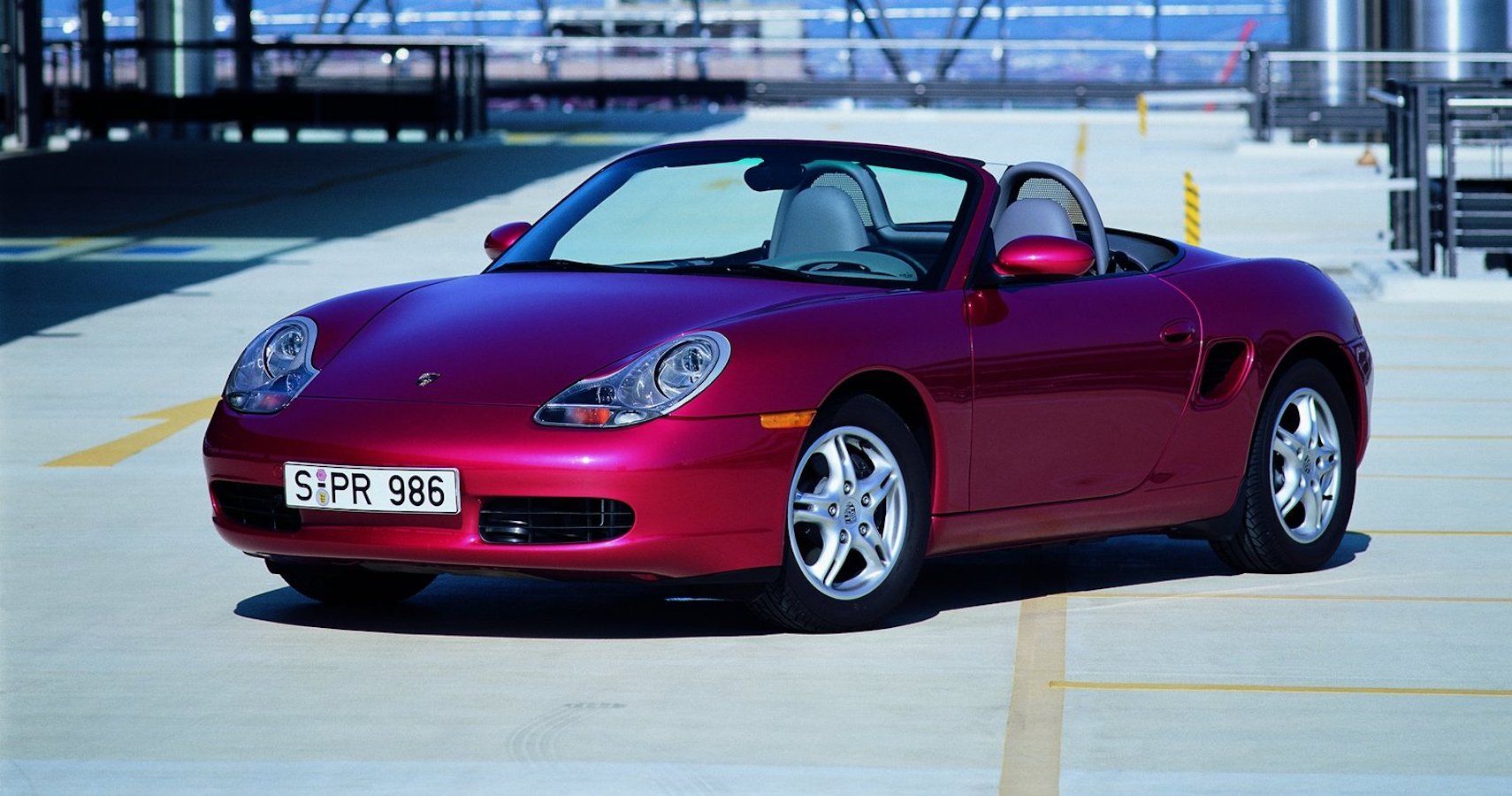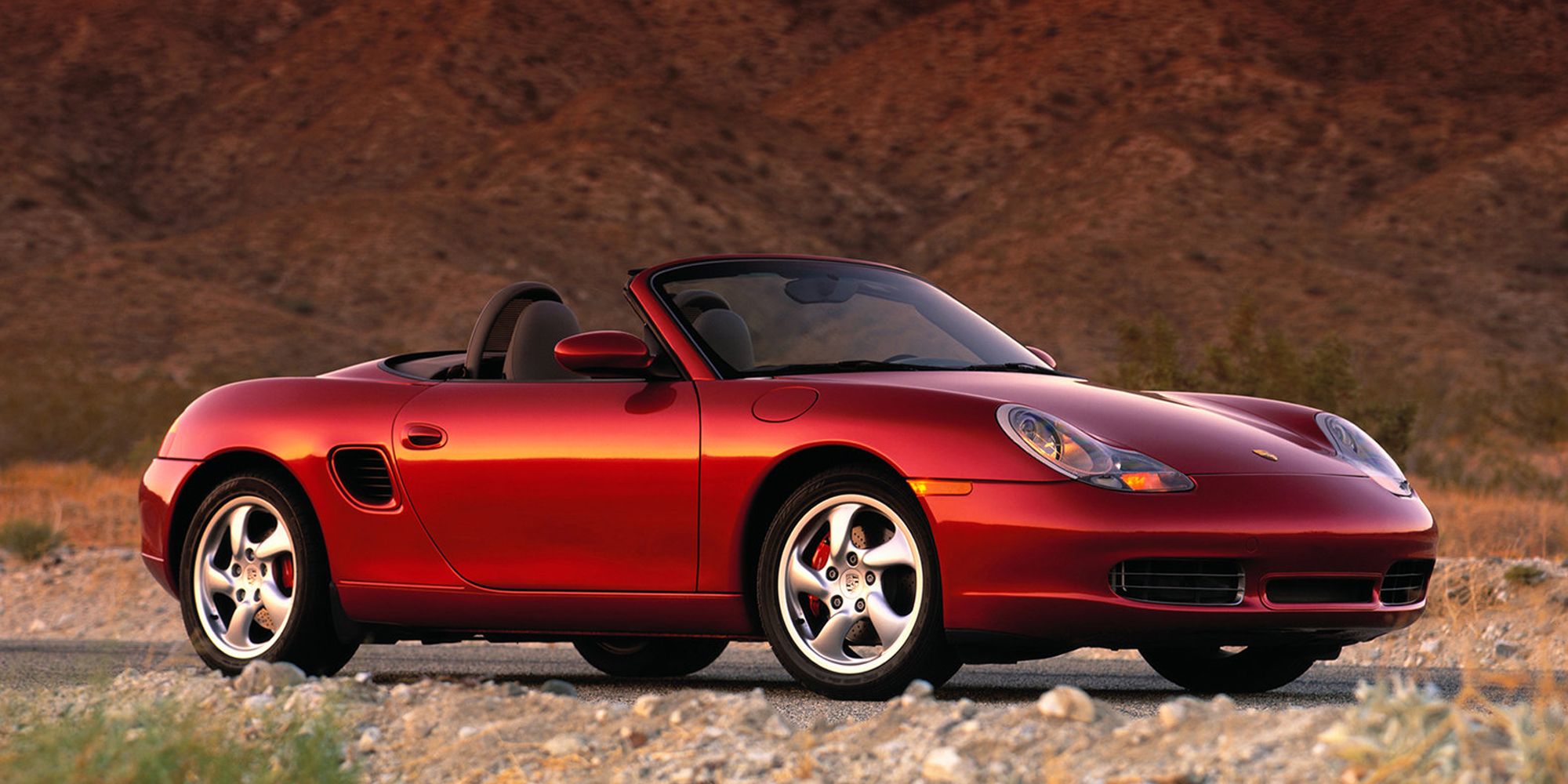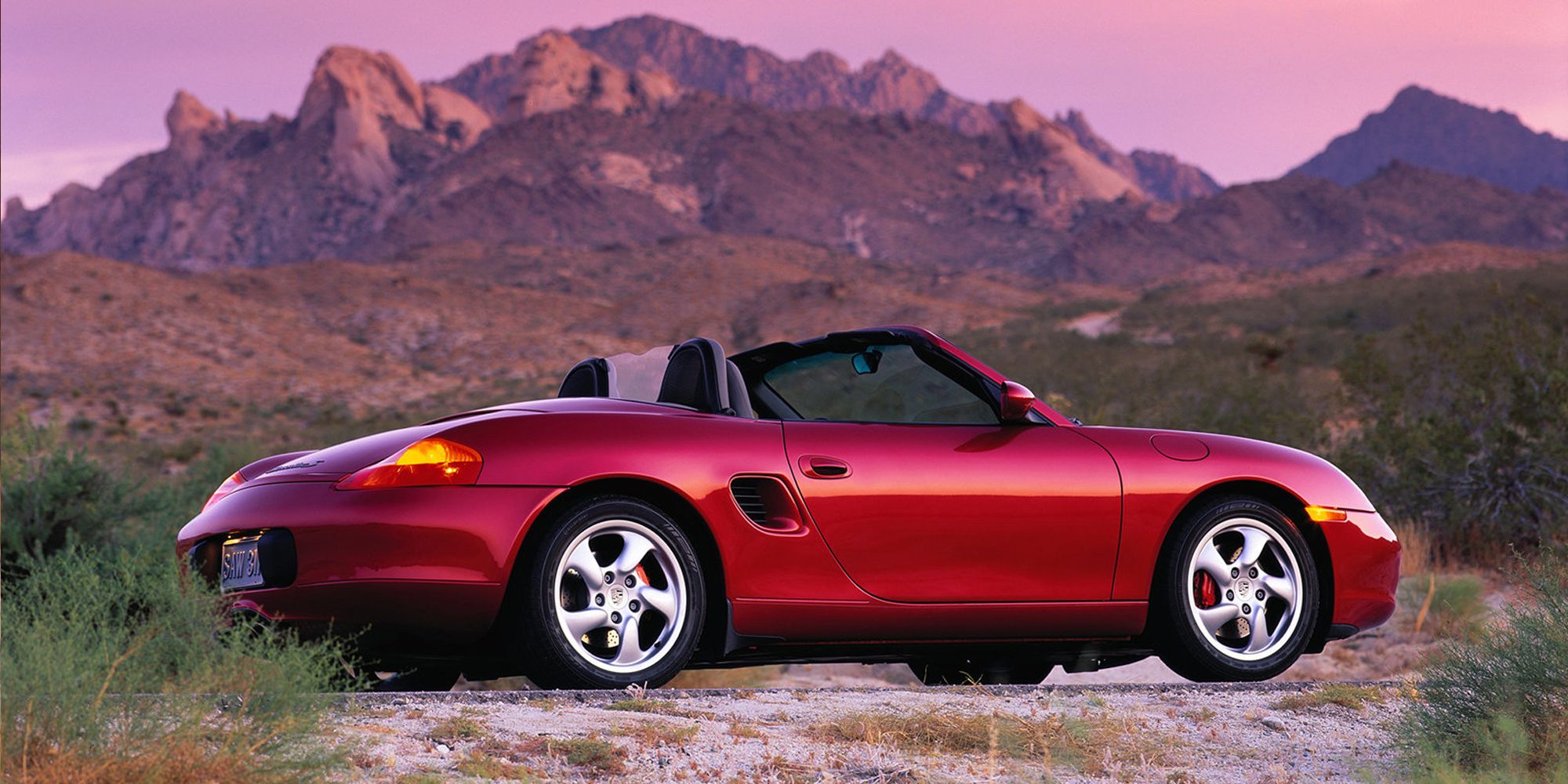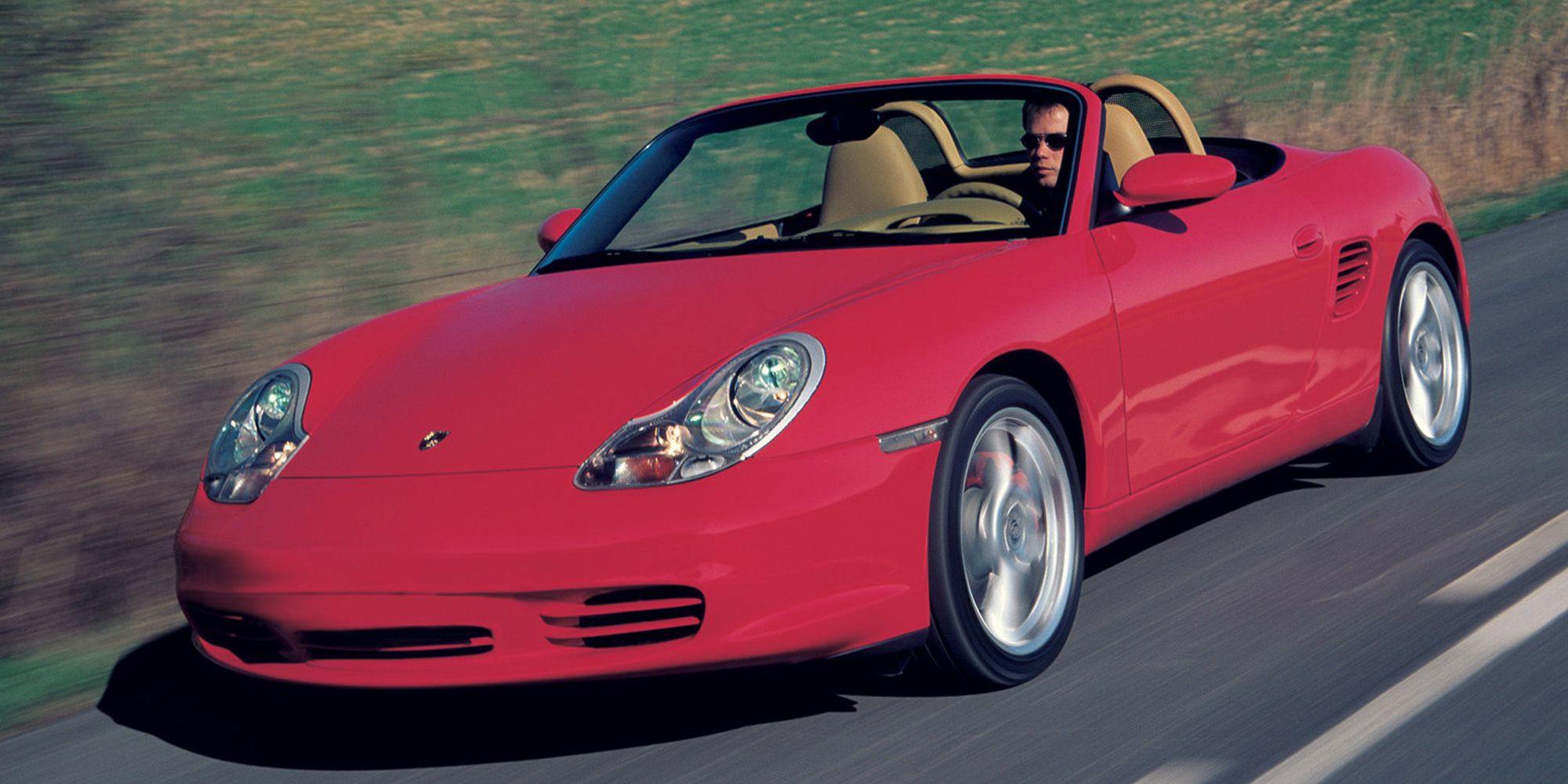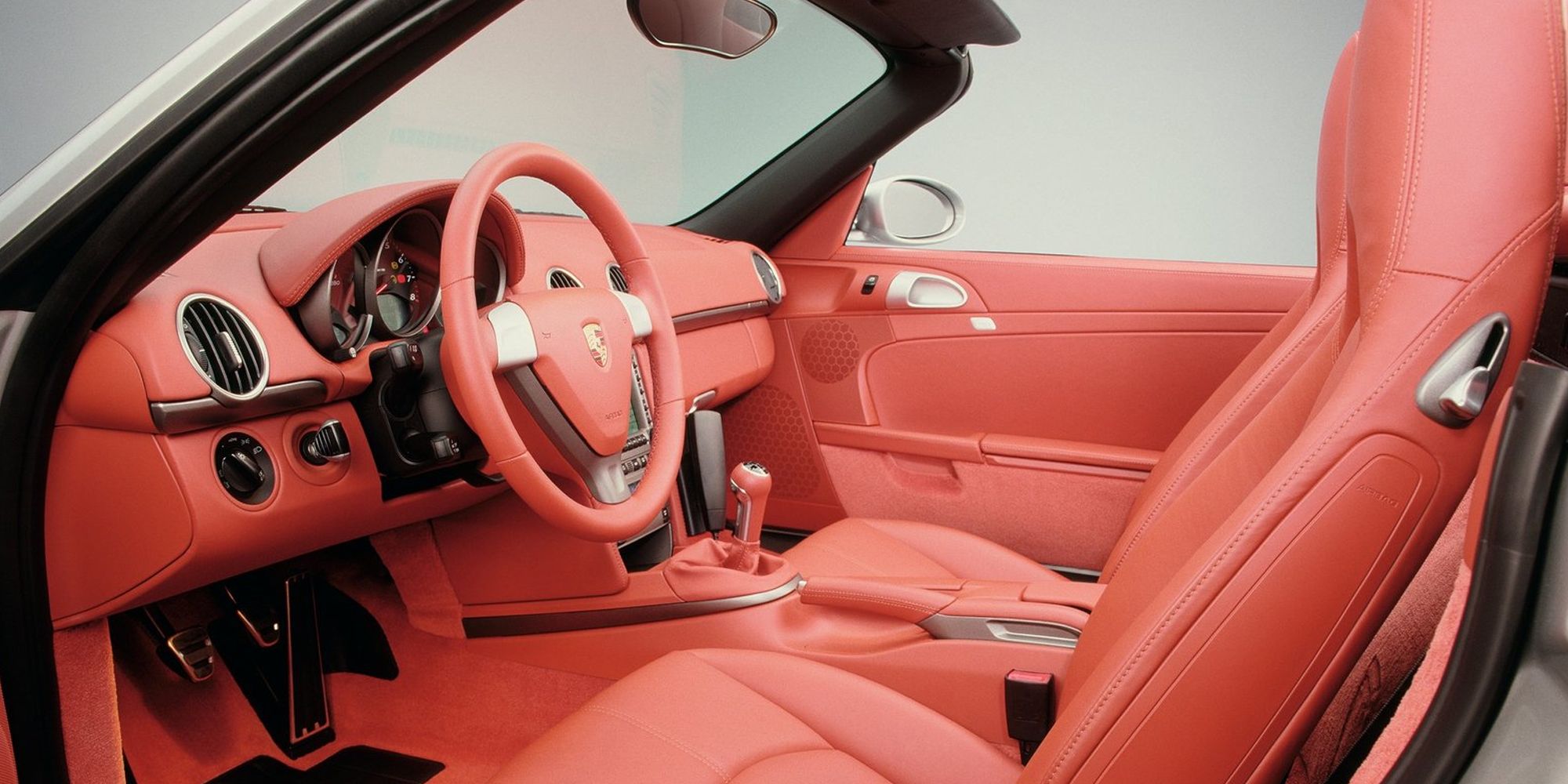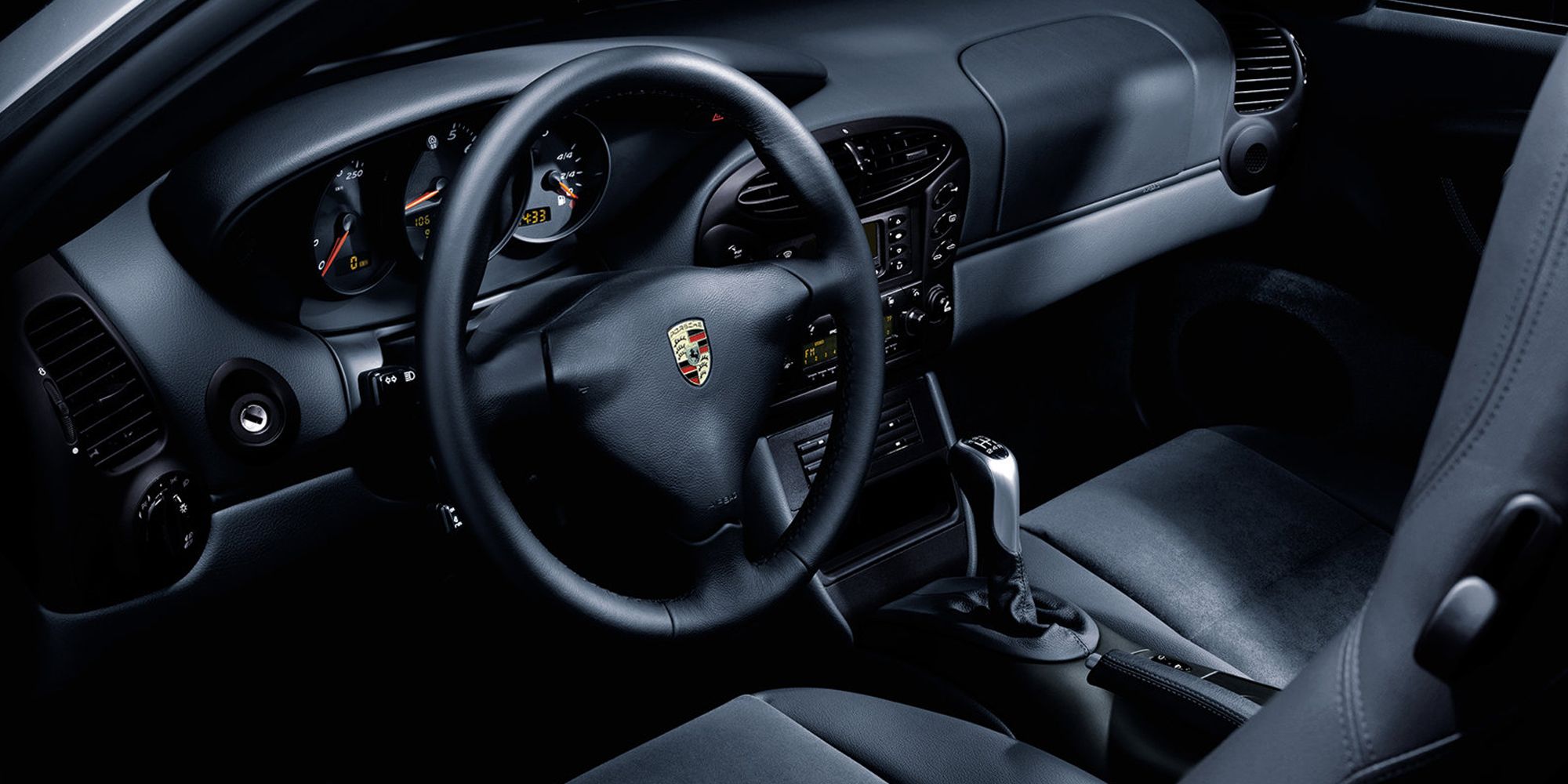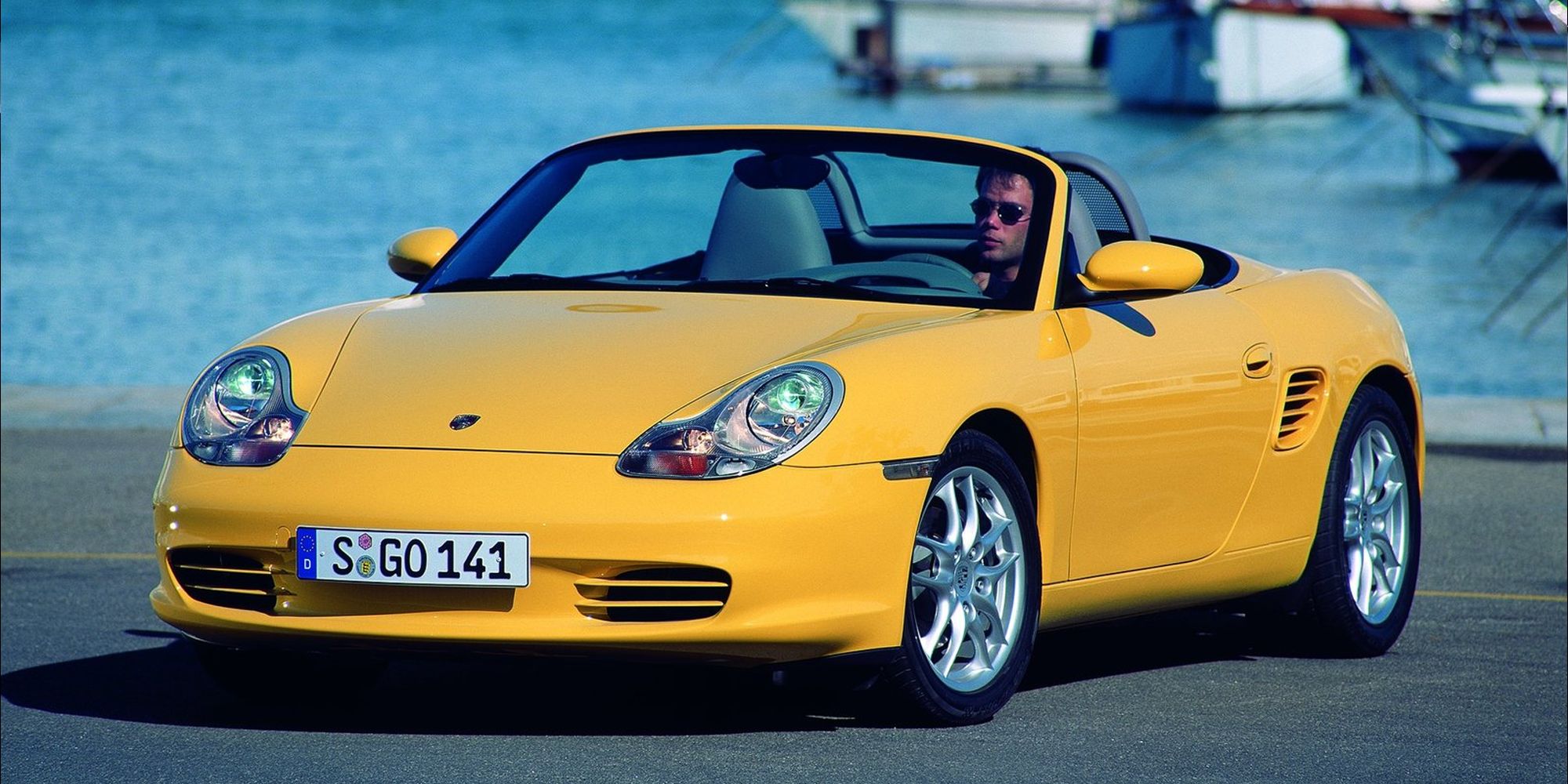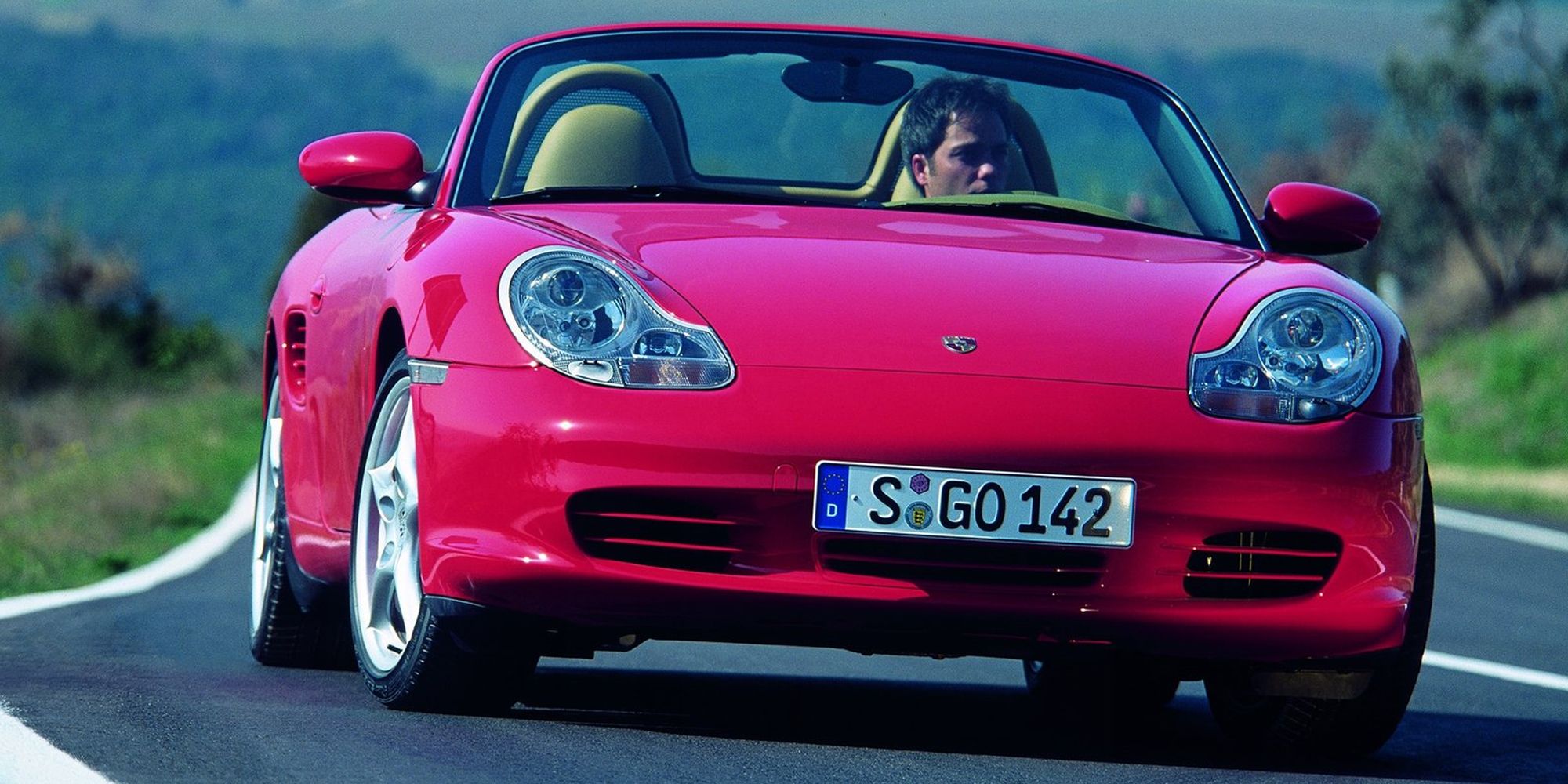By the time the late 1980s and early 1990s rolled around, Porsche was definitely strapped for money. The 911 line wasn't selling in massive numbers, and their entry-level models, the 944 and 968, were certainly not as successful as they hoped. The situation led Porsche to resort to building cars for other automakers, starting with Mercedes' 500E in the '80s, and moving on to the Audi RS2 Avant in the 1990s. Thankfully, these two German performance heroes gave Porsche the money to stay afloat for a little while longer.
With pockets full, Porsche developed a new product strategy. They started putting together two models, one of them being a luxury SUV, and the other one being an entry-level model. That new entry-level model wouldn't be a front-engine car like the 944 or 968, but rather a mid-engine two-seater with a flat 6 engine, much like a smaller 911. In 1996, Porsche unveiled their all-new entry-level sports car, the Boxster. The first generation Boxster, along with the original Cayenne, are responsible for saving Porsche from bankruptcy.
Overview Of The 986 Boxster
The first generation Porsche Boxster, internally designated as the 986, went on sale in 1996. After the 944 and last front-engined vehicle before the Cayenne, 968, failed to drum up interest in an entry-level Porsche model, the Boxster was a completely different animal. Gone was the front-engine layout and the four-cylinder power units, and in their place came a mid-engine layout and flat six powertrains only. The 986 Boxster also ushered in a new design language for Porsche, as the 996 generation 911 also used similar styling cues.
The front end featured the highly controversial "fried egg" headlights, as well as some small but functional air intakes. The side was very simple, featuring an intake for the engine, and the rear end was often described as looking identical to the front end. The first generation Boxster never received a Cayman equivalent, so the soft top is the only way to go. Even then, Porsche did offer an optional hardtop. Although it didn't have that many rivals in the first couple years, the BMW Z3 and Z4, Honda S2000, and the Mercedes SLK eventually joined the battle.
986 Boxster Powertrains And Drivetrains
Over the course of the Boxster's life, Porsche offered three different powertrains. The initial run of cars from 1996 to 1999 came with a 2.5-liter flat 6, developing 201 hp. 0-60 happened in 6.7 seconds for manual cars, and 7.4 seconds for the Tiptronic-equipped models. Both topped out at just under 150 mph. In 2000, Porsche introduced the Boxster S, with an all-new 3.2-liter flat 6, while also increasing the size of the base Boxster's unit to 2.7 liters.
From 2000 to 2002, the base Boxster's 2.7-liter flat 6 developed 217 hp, whereas the 3.2-liter unit developed 247 hp. 2003 meant one final increase in power, to 222 hp on the base Boxster and 254 on the Boxster S. Right from the start, the Boxster offered either a five-speed manual, which later became a six-speed, or a five-speed "Tiptronic" automatic. This was before the days of PDK, so the manual is the one you want. In terms of the driving experience, there's not a lot to complain about; the Boxster is a truly fabulous car to drive.
986 Boxster Comfort And Quality
On the inside, the 986 Boxster featured a pretty bold new direction for Porsche interior design. Pretty soon, every other model in the lineup inherited the basic interior design from the Boxster, only with additional features. The Boxster's interior didn't offer a luxury experience by any means, but it was suitably plush and nicely put together. Later models offered a navigation system (an early version of Porsche's PCM system) and other cool features, but the Porsche signature items like the ignition switch on the left side, and the tachometer dead center still remained here.
In terms of reliability, the 986 Boxster should be fairly reliable and easy to own, but maintenance and repairs don't come cheap. The main things to look out for is the IMS failure (no surprise), oil leaking from the rear main seal, cracked cylinders, and cylinder scoring. With proper maintenance and a decent budget for repairs, the 986 Boxster is a dependable Porsche that will always put a smile on your face. Naturally, the Boxster seats only two passengers, and it boasts a total of 9.7 cubic feet of cargo space; 4.4 in the rear trunk, and 5.3 in the frunk.
986 Boxster Prices
The 986 Boxster is indisputably one of the cheapest way to get into Porsche ownership. High mileage go for as little as $10,000, but these cars are unlikely to have the preventative maintenance, and a non-clean CarFax is also entirely possible. Prepare to pay around $20,000 for a late model Boxster S with low miles and a good service history.
If you want to get into Porsche ownership as cheap as possible, it's tough to argue with the 986 Boxster. It's epic fun to drive, fast, sounds great, looks cool, it's well-equipped and if, regularly maintained, pretty reliable too. Now is the time to shop, at least until values skyrocket.

